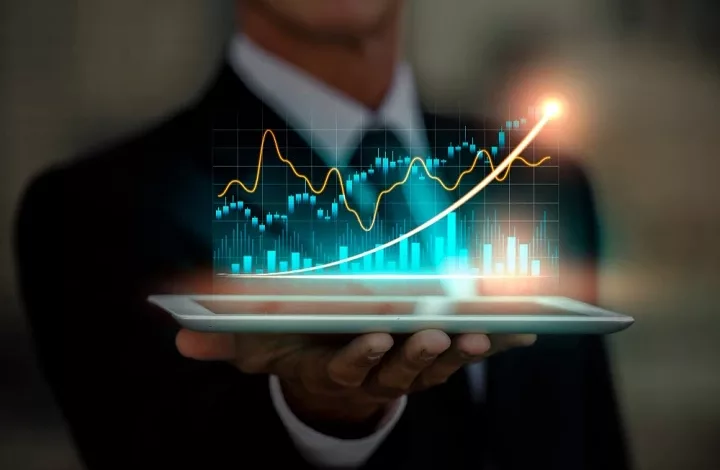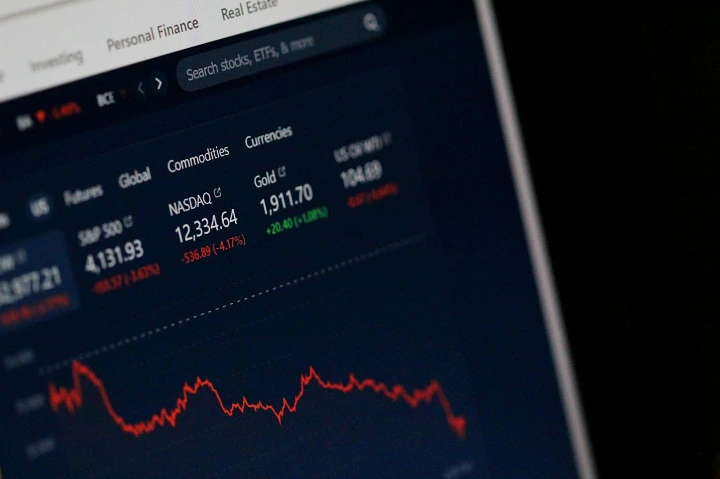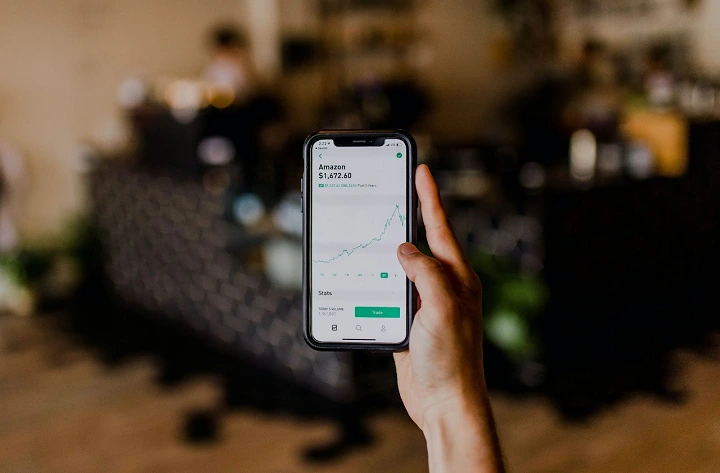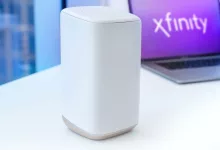Price Monitoring for Products in E-Commerce and Retail

In an era where digital marketplaces and traditional retail stores are in a perpetual race to capture and retain consumer attention, the strategy of price monitoring has emerged as a critical factor for success.
As competition intensifies, retailers and brands increasingly recognize the importance of tracking prices to stay competitive and maintain profit margins.
Additionally, with the advent of sophisticated data analytics, price monitoring has evolved beyond simple comparison into a complex, data-driven strategy.
This article aims to delve into the multifaceted world of minimum advertised price monitoring, examining its pivotal role, varied methodologies, technological advancements, ethical challenges, and potential future trends in the context of eCommerce and physical retail sectors.

Understanding the Essentials of Price Monitoring
Price monitoring in the retail sector, a vital yet complex task, involves tracking and analyzing product prices across various retail platforms and competing businesses.
This practice, long-standing in the retail industry, has undergone significant changes with the digital revolution.
In the past, retail pricing strategies were relatively static, with adjustments made seasonally or in response to major market shifts.
The rise of eCommerce, however, has transformed this landscape into a dynamic, fast-paced arena where prices can change in real-time, driven by algorithms and instant market feedback.
This transformation has broadened the scope of price monitoring in the retail industry, making it not only about tracking competitors’ prices but also about understanding market trends, consumer expectations, and pricing psychology. Effective price monitoring now requires a deep understanding of both the market and the consumer.
Retailers must consider various factors, including the impact of seasonal trends, promotional events, and competitor strategies. In the digital era, price monitoring extends beyond mere observation; it’s about strategic analysis and informed decision-making.
Diverse Techniques in Price Monitoring
The spectrum of techniques employed in price monitoring ranges from basic manual methods to advanced, technology-driven approaches.
Traditional methods involved labor-intensive, manual tracking of competitors’ prices, which, while straightforward, has become impractical due to the voluminous and dynamic nature of current retail data.
The leap forward came with the development of automated software solutions. These tools enable businesses to monitor the prices of a vast array of products across numerous competitors, offering real-time data crucial for timely pricing adjustments.
For example, a leading online retailer might utilize such software to keep tabs on consumer electronics pricing across various platforms, modifying their prices to stay competitive.
Technological Innovation in Price Monitoring
The role of technology in revolutionizing price monitoring is immense. Initially, price tracking was a manual process, limited in scope and speed.
Today, advancements in AI and ML have transformed this process into a highly efficient, automated system capable of handling vast amounts of data.
These technologies enable not just real-time tracking of prices but also predictive analytics, allowing businesses to anticipate market trends and adjust their pricing strategies proactively.
AI-driven price monitoring systems can analyze historical pricing data, competitor pricing, and market demand to provide optimized pricing recommendations.
They can also monitor consumer behavior and preferences, enabling businesses to adopt more personalized pricing strategies.
Big data analytics plays a crucial role here, helping businesses process and analyze large datasets to identify patterns and insights that would be impossible to discern manually.
Navigating Challenges and Ethical Dilemmas
As with any technological advancement, price monitoring comes with its set of challenges and ethical considerations.
The primary challenge lies in ensuring the accuracy and comprehensiveness of the data. With vast amounts of data available, filtering out noise and focusing on relevant information is crucial.
Moreover, the reliance on automated systems, a result of technological advancement, raises questions about transparency and control, especially in scenarios where pricing algorithms might inadvertently lead to unfair pricing practices.
Ethical dilemmas also arise in the context of dynamic pricing, where prices fluctuate based on demand, time, or consumer profiles. While this can maximize profits and efficiency, it can also lead to perceptions of price discrimination.
For example, customers may find it unfair if they discover that prices vary depending on the time of day they shop or their browsing history. Such practices, while technically efficient, can harm a brand’s reputation and customer trust if not managed transparently and ethically.
Influencing Business Strategies and Consumer Decisions
The strategic implications of effective price monitoring for businesses are vast. It directly influences critical areas such as marketing, product placement, supply chain management, and overall business strategy.
For instance, through effective price monitoring, a business can identify the optimal time to launch a product or enter a new market, based on competitive pricing and consumer demand insights.
On the consumer side, pricing strategies have a significant impact on purchasing behavior. In an age where consumers have easy access to price comparison tools and are more sensitive to price changes, a business’s pricing strategy can be the difference between attracting a loyal customer base and losing market share.
Dynamic pricing, when used judiciously, can be a powerful tool in this regard, allowing businesses to adjust prices in response to real-time demand, thus maximizing sales and customer engagement.
Read Also: How to Use FTP on MAC: A Step-by-Step Guide
Anticipating Future Trends in Price Monitoring
The future of price monitoring is likely to be shaped by continued technological innovation and changing consumer behaviors.
One emerging trend is the integration of AI with other technologies like IoT (Internet of Things), which could enable even more dynamic and responsive pricing models.
For example, smart shelves in physical stores could adjust prices in real time based on inventory levels or shopper behaviors.
Another trend is the increasing emphasis on ethical and transparent pricing practices. As consumers become more aware and concerned about fairness in pricing, businesses will need to ensure their strategies are not only effective but also ethically sound.
The challenge will be to balance profitability with fairness, ensuring that price monitoring and dynamic pricing strategies do not lead to consumer distrust or backlash.

Read Also: Launching Your Own Business: 5 Essential Tips to Get Started
Conclusion
In summary, price monitoring is an indispensable element in the arsenal of modern retail strategies. Its evolution, propelled by rapid technological advancements, has fundamentally altered the retail pricing landscape.
As the retail sector continues to evolve, the ability to dynamically and ethically respond to market trends, consumer behavior, and technological advancements through effective price monitoring will be crucial.
In a marketplace characterized by fierce competition and constant change, the future of retail success lies in the nuanced and strategic application of price monitoring practices.





